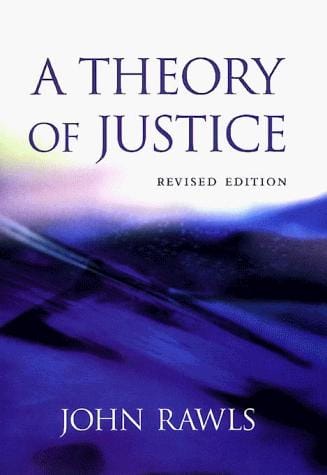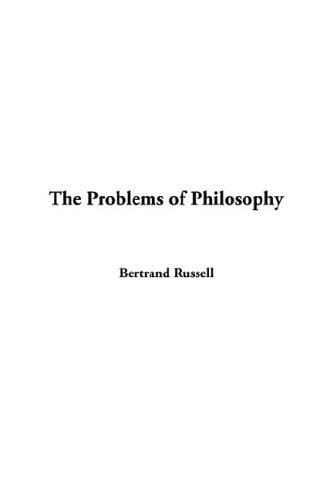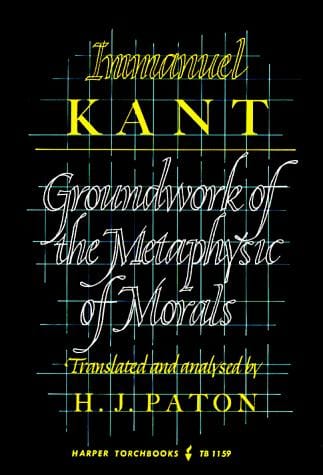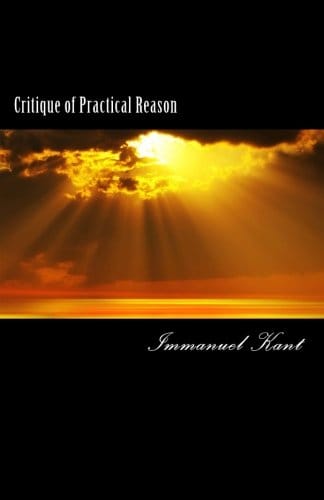Decoding John Rawls’s “A Theory of Justice”: Key Ideas, Critiques, and Legacy
Discover the core ideas of John Rawls's A Theory of Justice—the original position, two principles, critiques, and enduring impact on political philosophy.

Introduction
When John Rawls published “A Theory of Justice” in 1971, he reignited the study of normative political philosophy and offered a systematic alternative to utilitarianism. Rawls’s project, summarized in the phrase “justice as fairness,” sought a set of guiding principles for structuring basic social institutions so that citizens could cooperate on equal terms. More than five decades later, the book still shapes debates about equality, liberty, and the moral limits of markets. This article unpacks Rawls’s central arguments, explores major criticisms, and explains why his theory remains influential.
Historical Context and Motivation
Mid-twentieth-century Anglo-American philosophy was dominated by logical positivism and welfare economics. Questions about what justice requires were often reduced to calculations of aggregate utility. Rawls believed this ignored the separateness of persons and failed to respect individual rights. In response, he revived the social-contract tradition of Locke, Rousseau, and Kant, but recast it in analytic language so that moral intuitions could be tested systematically. His goal was to discover principles that free and rational people would choose under fair bargaining conditions.
Justice as Fairness
“Justice as fairness” is Rawls’s name for both his method and conclusion. The concept emphasizes that the fairness of the procedure used to select principles confers legitimacy on the resulting distribution of benefits and burdens. Instead of asking what maximizes overall happiness, we ask what terms of cooperation individuals who regard themselves as equals would endorse. By separating procedural fairness from consequential calculations, Rawls argues that each person’s claim to basic liberties and resources receives independent weight, preventing a majority from sacrificing minorities for greater utility.
The Original Position and Veil of Ignorance
Rawls’s most famous thought experiment is the original position, in which hypothetical contractors choose principles of justice behind a “veil of ignorance.” The veil strips them of knowledge about their race, class, gender, talents, religion, and even conception of the good life. Because no one knows whether they will be advantaged or disadvantaged in actual society, the contractors must adopt a risk-averse and impartial standpoint. The result is a set of principles that protect everyone, especially the least well-off, since anyone could end up in that position once the veil is lifted.
The Two Principles of Justice
From the original position, Rawls argues that two lexically ordered principles would be selected. First is the Liberty Principle: each person has an equal right to the most extensive scheme of basic liberties compatible with the same liberties for all. These liberties include political participation, freedom of speech, conscience, and the rule of law. Second is the Difference Principle combined with fair equality of opportunity. Social and economic inequalities are permissible only if they are attached to positions open to all under conditions of fair opportunity and if they benefit the least advantaged members of society.
Priority Rules and Institutional Design
The lexical ordering matters. Basic liberties cannot be traded for economic gains, and fair opportunity has priority over the Difference Principle’s distributive mandate. Rawls envisions a property-owning democracy or liberal socialism, not laissez-faire capitalism or command economies. Institutions such as public education, inheritance taxes, and political campaign finance regulation are required to preserve equal citizenship. Meanwhile, markets can allocate resources efficiently so long as background justice is secured. Thus, Rawls provides both a moral framework and policy guidance, linking abstract theory to practical governance.
Criticisms and Debates
Despite its influence, “A Theory of Justice” has faced significant criticisms. Libertarians like Robert Nozick argue that Rawls gives insufficient weight to individual entitlements derived from voluntary exchange. Communitarians such as Michael Sandel contend that the veil of ignorance presupposes an unencumbered self, ignoring values embedded in communal ties. Feminist scholars note that unpaid care work and family structures challenge Rawls’s public-private divide. Additionally, global justice theorists, including Charles Beitz and Thomas Pogge, claim Rawls’s nation-bounded focus overlooks obligations across borders. These debates spur ongoing revisions and expansions of the theory.
Legacy and Contemporary Relevance
Rawls’s framework has become the default reference point for normative debates about welfare policy, affirmative action, and constitutional design. Concepts like the veil of ignorance are now standard tools for ethical reasoning in business, artificial intelligence, and environmental policy. Empirical studies in behavioral economics even test whether people behind informational veils choose Rawlsian distributions. In legal theory, his influence appears in deliberative democracy and public-reason jurisprudence. While no consensus exists on how fully to implement the Difference Principle, policymakers routinely invoke Rawlsian language when defending progressive taxation, universal healthcare, or campaign finance reform.
Conclusion
“A Theory of Justice” endures because it offers both a powerful moral intuition—that social cooperation should treat citizens as free and equal—and a rigorous method for elaborating that intuition. By inviting us to reason from a standpoint of impartiality, Rawls challenges complacency about inherited privilege and economic inequality. Whether one ultimately accepts his two principles or sides with his critics, engaging with Rawls deepens our understanding of what a just society could look like. In an era of rising inequality and polarized politics, the call for justice as fairness remains as urgent as ever.



